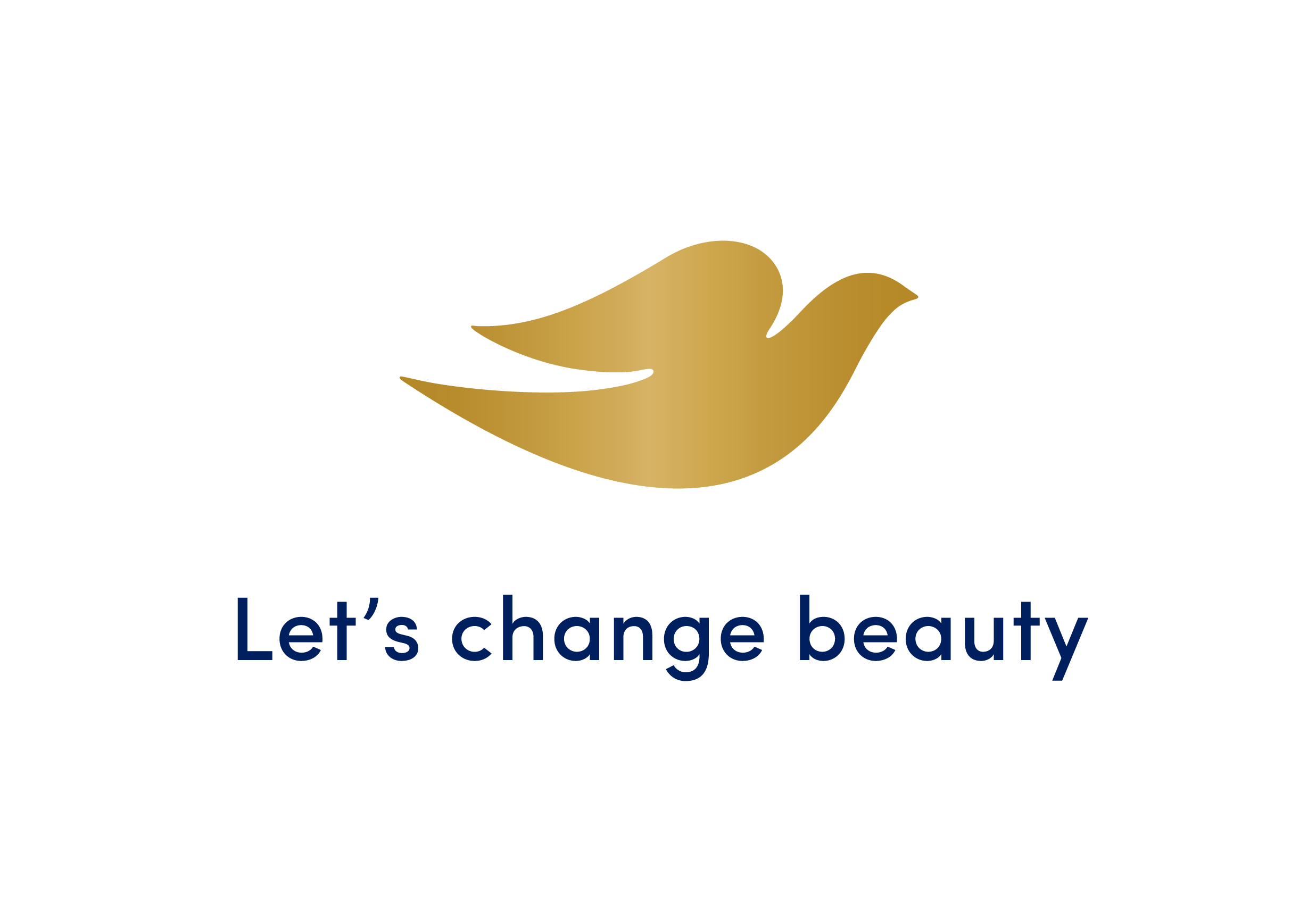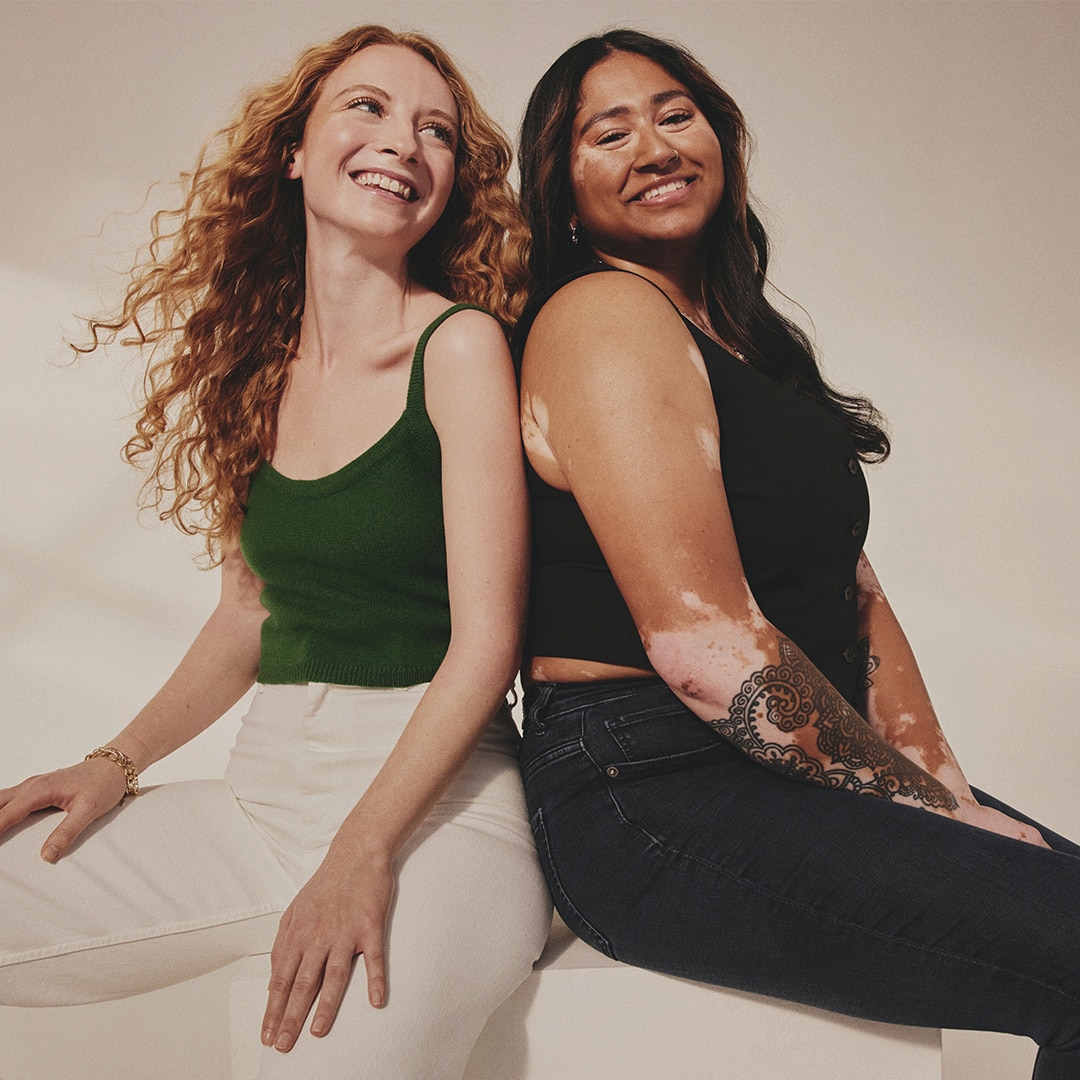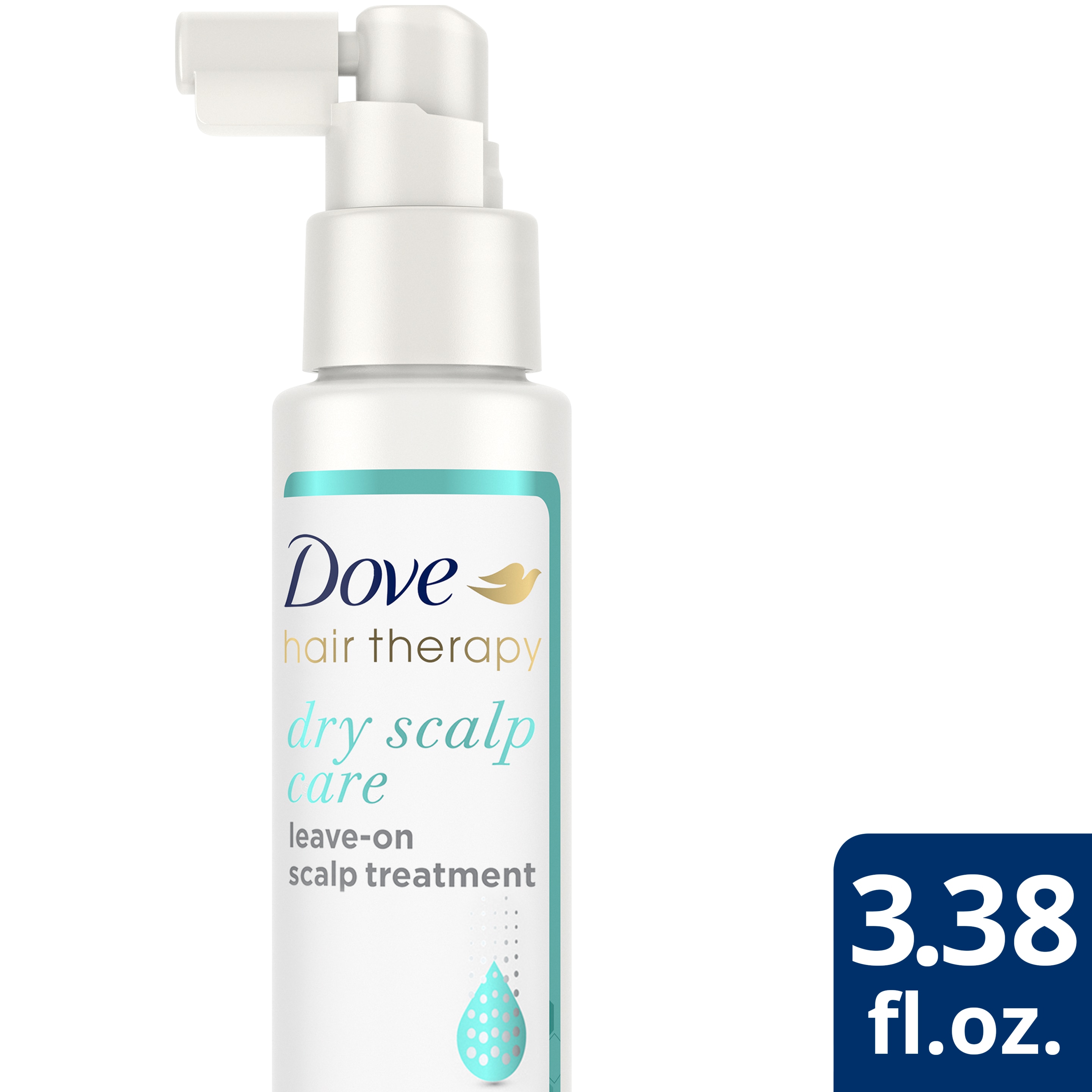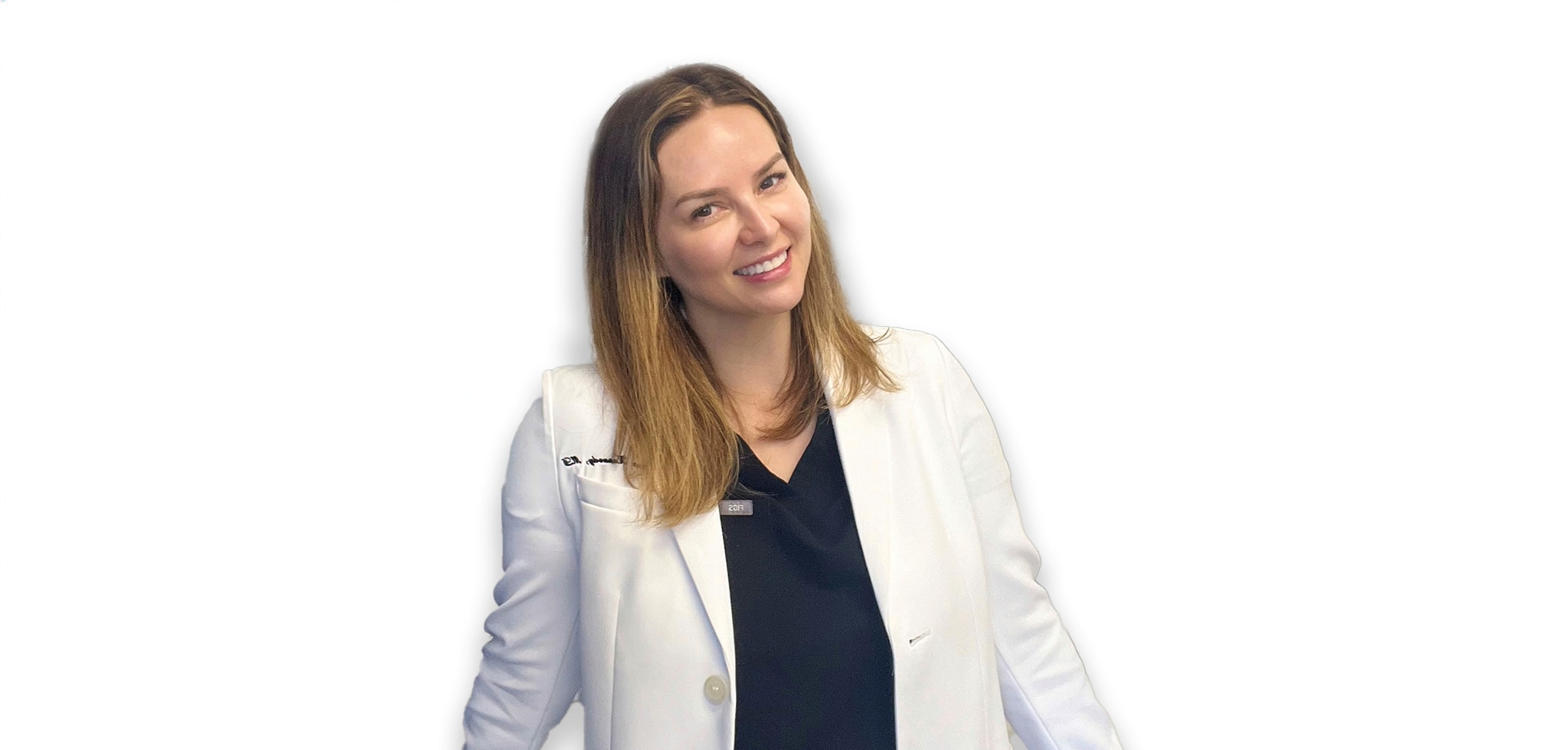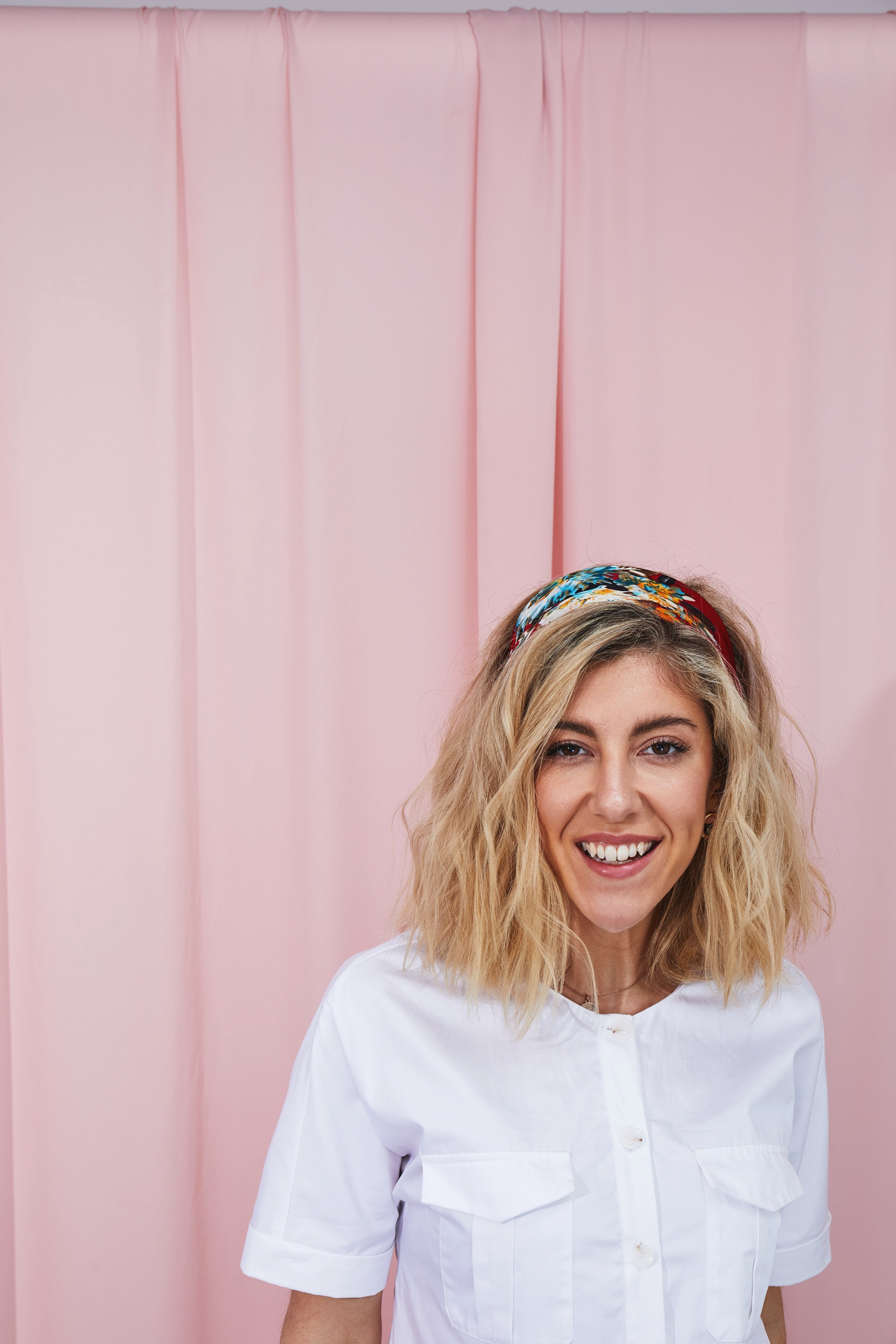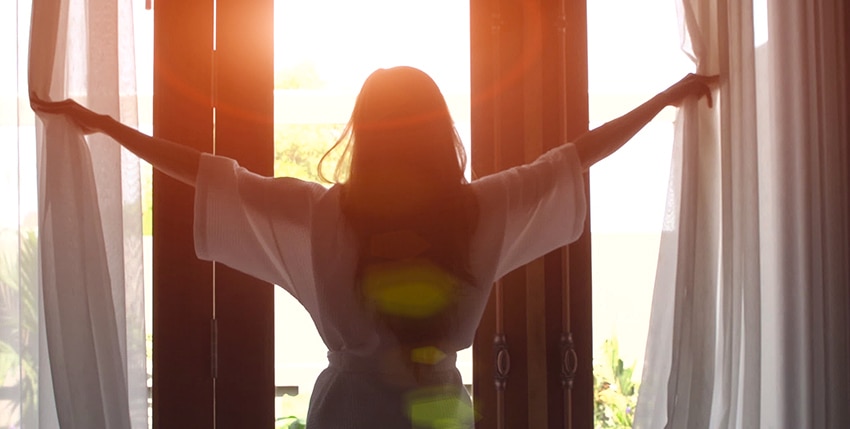What Is Your Curl Type? How To Find Your Curl Type
There’s no doubt about it, knowing your curl type will arm you with ways to boost your hair care routine. But if you’ve ever found yourself wondering ‘what is my curl type’, read on.
It always pays to know and understand your hair type, but getting clued up about your texture pattern is especially important if you have curly or coily hair. These hair types tend to require more moisture, as well as texture-specific styling products. Once you know your curl type, you should be able to determine the best approach to caring for your hair.
What are the different types of curly hair?
How to know what type of curly hair you have is easy when you know the curl typing system. This is a universally known curl breakdown that was created by celebrity hair stylist Andre Walker in the 1990s, in order to help people understand their hair texture better. The system goes from 1-4, 1 being straight and 4 being kinky-coily hair. Each number is split into letters A-C – from the loosest pattern to the tightest:
Type 1 Hair – Straight
Type 2 Hair – Wavy
Type 3 Hair – Curly
Type 4 Hair – Coily/Kinky
When asking yourself ‘what type of curls do I have?’ consider that you might have different textures across your scalp. For instance, it’s very common for people to have a tighter curl texture at the back of their head than at the front. This can be for several reasons, but things like styling and constantly touching the hair at the front of your head can have an impact on the tightness of your curl.
A word on density, thickness, and porosity
Knowing your curl type is one part of knowing your hair, but it’s not the full picture. Density and porosity also play a big part in knowing how to care for your hair well, and knowing all three will give you a deeper understanding of your hair and how it styles. Density is measured by how many strands you have per square inch of your hair; it can be the reason that people with the same curl type and length can have different fullness. This is different from the thickness of hair which is about how big each strand of hair is. Porosity is all about how your hair absorbs and retains water. People with high porosity hair will find their strands frizz more in humid climates. Bearing all of these variables in mind, along with your curl or coil pattern, will give you a well-rounded view of your hair and its curl pattern.
